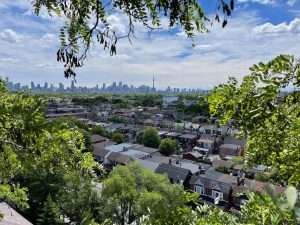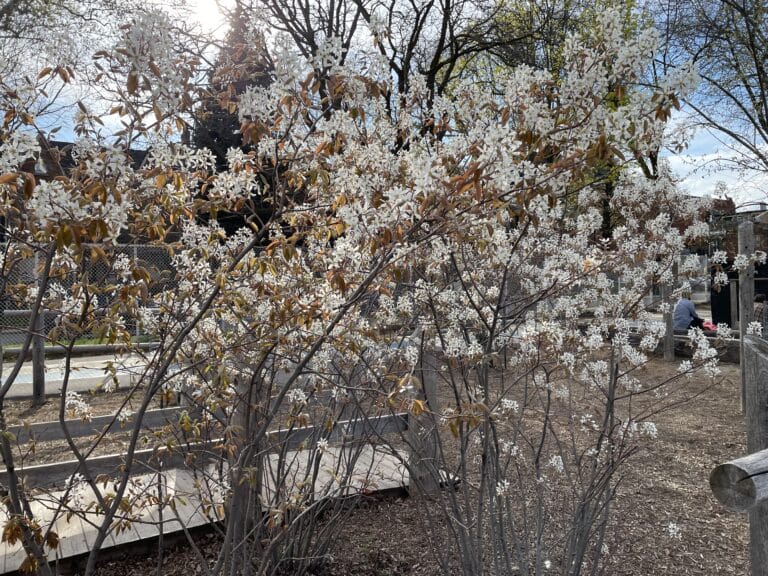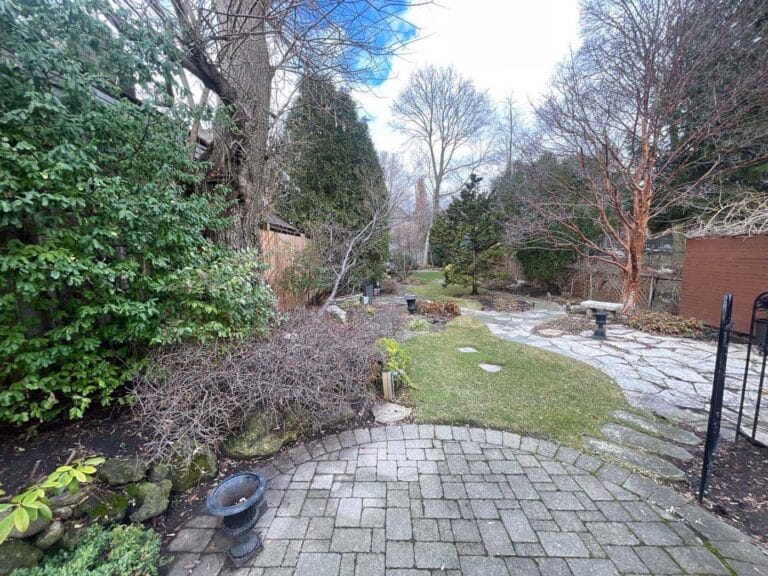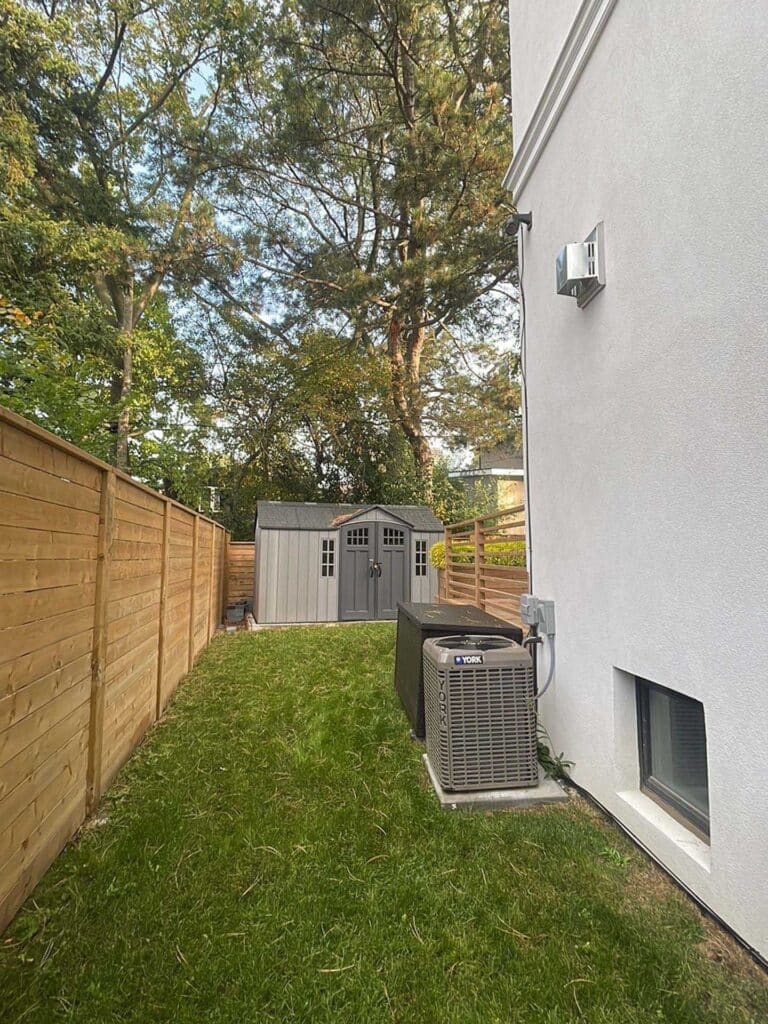Between wildfires, heat records and excess rainfall, climate change is a big topic this summer. What does climate change mean for your trees, and how can you conduct climate change-resistant tree care?
Trees are a key part of our climate and ecosystem, so there are many ways they can impact climate change. There are lots of things you can do and that an arborist can assist with to make your trees and yard resistant to climate change!
Tree Pruning
The first question we ask about tree pruning is what your goals are. Often, people want a branch removed because of shade or because it’s close to a house or other building. Sometimes, these branches can be dangerous or damaging the house.
Tree limbs around your walls, roof and windows can help keep your home cool and keep your air conditioning and heating bills lower. That also means fewer carbon emissions from your HVAC system, making it a win for both the planet and your wallet!
Beneficial Pruning
Regular pruning on a smaller scale can be beneficial, however. Pruning can promote healthy growth, remove damaged branches, and redirect branch growth in appropriate directions. This means you can see greater benefits from your trees in helping your house with cooling and heating!
Pruning can also help increase branch resistance against storm and wind damage. This helps you avoid the risk of a more costly limb or tree removal later. When limbs become overextended, they are subjected to more wind load. During summer storms and winter ice storms, this can make branches more likely to fail.
Heat Deserts and Your Trees
If you take a walk along King Street through the Financial District on a hot day in July, you’ll feel much hotter than walking along a residential street in Forest Hill or Leaside. Toronto is full of heat deserts — areas where large amounts of concrete and unshaded open spaces collect heat, with few or no trees and grassy areas to provide a cooling effect.
You may not think removing one tree would make a difference. But if every person on your block removed one tree, your neighbourhood would suddenly start getting warmer. Toronto and the GTA already deal with this in many urban areas. Tree removal on residential streets can make the problem worse.
Re-Greening and Tree Replacement
That’s why the City of Toronto requires planting replacement trees when tree removal permits are granted. Replacing a tree isn’t always that simple, though. Some species of trees will benefit from replacement with a native species (more on that later). Younger, smaller trees are also easier to replace. But a large, mature tree may be irreplaceable.
Older trees that predate your home or neighbourhood were able to grow strong and tall. Replacement trees, in most cases, won’t be able to grow as large. Old trees had more access to sunlight and space for roots to spread as they were growing. As urban areas become more built up with pavement and buildings, trees don’t have the ability to grow as large. Climate change and hotter summer temperatures may also affect a new tree’s growth.
Choosing the Right Tree Species
You’ve probably heard about the importance of native plants in eco gardening and climate change-resistant gardening. That goes for trees as well. If you’re planting a new tree, choosing a tree native to Ontario benefits the ecosystem.
Native trees will have the easiest time growing in the local conditions. They’ll also help support local animals, bees and other insects. Native species are more resistant to pests and weather conditions. That means you’ll likely have an easier time keeping your new tree healthy.
Choosing a strong-wooded tree species also helps make the tree more resistant against pest and storm damage. Planting the right species also protects against stress and droughts. An arborist can help you choose the right tree for your space, whether you’re replacing a tree after a removal, or planting a new tree.
Tree removal isn’t always bad, if you have a non-native invasive species like a tree of heaven or Norway maple. Replacing trees with a native species can often benefit your yard and soil. It can also help other native plants to grow, as invasive trees can cut off shade to other plants and drop seeds that out-compete native species.
Fertilizing and Soil
An arborist can assist you with ensuring your soil is in good shape for your trees to keep them healthy. Applying a good fertilizer in the fall or spring improves soil quality.
Other ways arborists can help you with your soil include covering or uncovering roots to avoid damage and retain moisture. We can add amendments to your soil to improve the quality and your trees’ health. Soil compaction, or dense, hardened soil can affect a tree’s ability to take in water and nutrients. We can use a tool called an air spade to loosen soil.
We’ll also recommend mulch, fertilizer, or compost for your space as appropriate.
Rainfall and Climate Change
It’s no secret to GTA residents that we’ve been experiencing record-setting storms and flooding in the past decade. Unfortunately, this trend seems likely to continue. This means it’s even more important to set your property up for succsss around climate change.
Flash storms can, ironically, result in trees not getting enough water. Fast, heavy rain isn’t ideal for trees. They won’t retain the water properly. Slow, steady rain throughout the day is better for trees and plants.
That’s why we recommend watering trees heavily once or twice a week, instead of a limited amount every day. And in times of drought or limited rainfall, it’s important that you water your trees regularly. This especially applies to young, recently planted trees.
Treating soil issues and planting native trees and plants helps offset the effects of flash storms and flooding. If you live in a flood-prone area of the city or have trees in a low-lying space with poor drainage, you may also need help to improve soil drainage.
Trees Against Climate Change
There are many ways you can use your trees to help the planet, from keeping power bills low for you and your neighbours, to helping local bees and wildlife. Keeping your trees healthy is the first step towards planning an eco-friendly yard. Treatments like regular pruning and fertilizing are easy ways to keep your trees healthy.
Healthy trees and soil help you avoid many threats from storm damage, unpredictable weather conditions, wind, heat, and excessive rainfall.
For more tips on climate-resistant tree care, or for your consultation on how we can help you keep your yard healthy, contact Vista Tree now!









